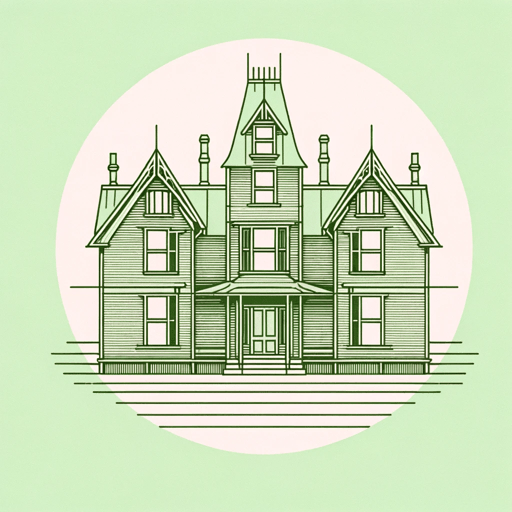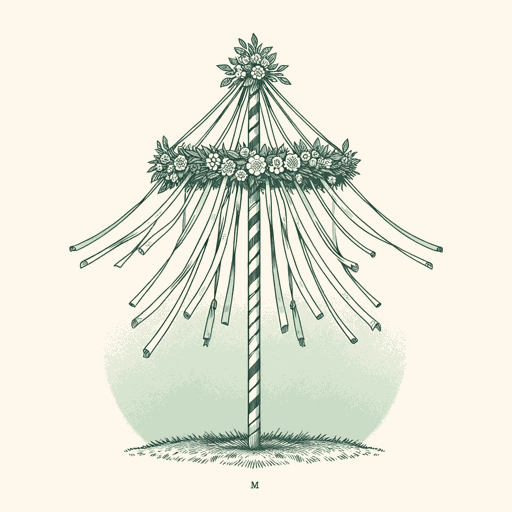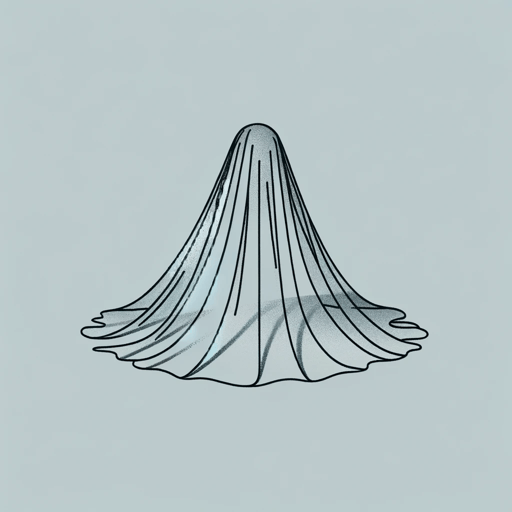43 pages • 1 hour read
Nathaniel HawthorneMy Kinsman Major Molineux
Fiction | Short Story | Adult | Published in 1831A modern alternative to SparkNotes and CliffsNotes, SuperSummary offers high-quality Study Guides with detailed chapter summaries and analysis of major themes, characters, and more.
Story Analysis
Analysis: “My Kinsman, Major Molineux”
In the opening pages, Hawthorne provides historical context for the story. It is the early 1730s, and there is great resentment directed toward the Crown. Though the Revolutionary War will not begin until 1775, tension is already building, especially in the fast-growing city of Boston.
At the end of the first paragraph, Hawthorne tells the reader to “dispense with an account of the train of circumstances that had caused much temporary inflammation of the popular mind” (1). In this passage, the reader is instructed to disregard cliched narratives of the era that oversimplify the dynamics between the Crown and colonists. Hawthorne is writing outside the trope of patriotic hero.
In the second paragraph, the story’s action commences. Robin is portrayed as an innocent young man who has arrived in the big city to seek his fortune. His “bright, cheerful eyes” (2) suggest optimism. He expects the city’s appearance to reflect his kinsman’s nobility. However, upon entering town, the “mean wooden buildings” (2) temper his expectations.
When Robin approaches the old man, he assumes he will be treated with respect. He makes this assumption, at least in part, because of his relation to 







Related Titles
By Nathaniel Hawthorne

Dr. Heidegger's Experiment
Nathaniel Hawthorne

Ethan Brand
Nathaniel Hawthorne

Rappaccini's Daughter
Nathaniel Hawthorne

The Ambitious Guest
Nathaniel Hawthorne

The Artist of the Beautiful
Nathaniel Hawthorne

The Birthmark
Nathaniel Hawthorne

The Blithedale Romance
Nathaniel Hawthorne

The Hollow of the Three Hills
Nathaniel Hawthorne

The House of the Seven Gables
Nathaniel Hawthorne

The Marble Faun
Nathaniel Hawthorne

The Maypole Of Merry Mount
Nathaniel Hawthorne

The Minister's Black Veil
Nathaniel Hawthorne

The Scarlet Letter
Nathaniel Hawthorne

The Wives of the Dead
Nathaniel Hawthorne

Young Goodman Brown
Nathaniel Hawthorne
